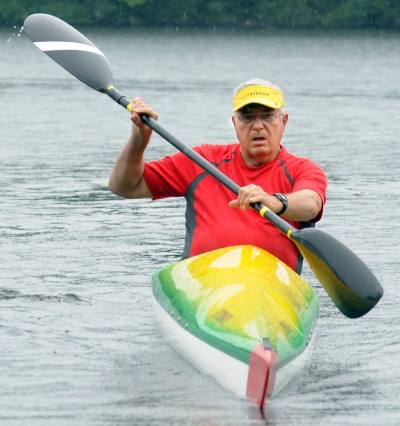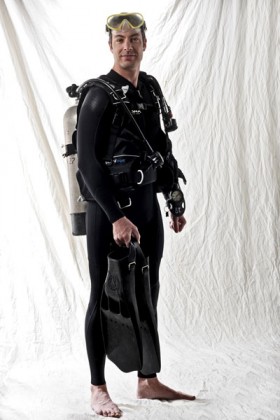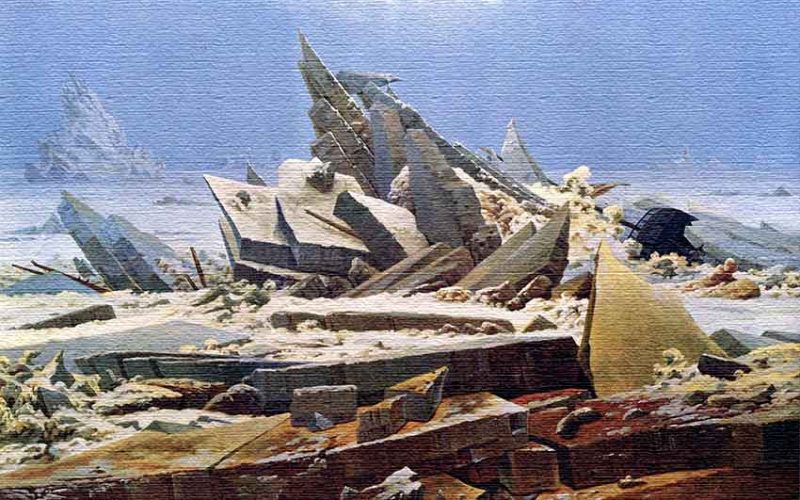What do a conservationist, a kayaker and a cop have in common?
I recently noticed that most of the Later Bloomers I’ve written about are, well, writers. Which coincides with what I want to do with my own later blooming.
So I wanted to profile someone unrelated to my own yearnings.
I consulted my list and decided on John Muir (1838-1914), a naturalist often regarded as the father of environmental activism. I thought he’d provid a straightforward assignment I could bang out in a few days.
I was wrong.
I’ve become totally immersed in his life and it’s taking longer than I thought. Did you know, for instance, that Muir was a bit of a mad scientist? He originally wanted to be an inventor and work in a factory. Muir created an alarm-clock bed on trunnions that dumped him on the floor and drenched him with cold water at the preset hour.
The Patent Office denied his application.

Competitive kayaker Ed Earle could probably appreciate Muir’s invention (or at least its irony).
The 72-year-old has won the Run of the Charles Open Canoe and Kayak Race for the past three years.
(The competition is held by the Charles River Watershed Association to increase awareness of Boston’s famed urban waterway. Over 1,300 paddlers participated this year.)
Earle has always been athletic. He ran track in high school and played soccer in college.
But neither prepared him for his current training regimen, decades of practice did. Today Earle trains five to six days a week in the winter, always changing his routine so his body doesn’t get comfortable.
He explains, “Because the Run of the Charles comes so early in the season, you have to train all winter. So, in the gym, you have to do exercises that simulate paddling. Then, once the season comes, I’m on the water.”
Earle didn’t start racing until he was 40. It was originally a way to bond with this teenage son. “We were going to buy a sailboat but it was too costly, so we bought a canoe, and we started racing together.”
His son lost interest, and Earle transitioned to kayaking. It became his passion. At age 50, he competed in the Nationals.
How does he compete with paddlers 30 to 40 years his junior? Earle cites his “will of steel” to keep improving, which in turn keeps him fit. “I don’t feel 72. I feel probably more like I’m 48 or 52.”

Detective Ron Charles is no stranger to a cold wet wakeup call either.
As a member of the police dive team in Louisville, Kentucky, he often scours the Ohio River for evidence and murder weapons.
But he’s always wanted to be an archaeologist and recognized the field’s parallels to detective work. “I’m looking for artifacts—broken glass or blood or clothing—to reconstruct a crime.”
As of this writing, Charles has been a been cop for 17 years and will be eligible for retirement in three more.
He’s also a senior at the University of Louisville studying underwater archaeology. He returned to college two years ago, so “when I walk away from this job, I can step right into my second career.”
What will be his biggest challenge? “Not suspecting people—not everybody’s a dirtbag.” Yet detective work gives him a unique perspective: “I’m also going to keep my skepticism, which will help with developing theories. I look for only what the evidence is telling me.”
But once a cop always a cop, perhaps. Charles is fascinated by the gruesome sacrifices performed in the Aztec and Maya cultures. His first “dig” was surveying a sunken Maya temple. “I’ve always wondered if we should consider sacrifices murder victims, or if some were selected for more personal reasons. I guess suspicion will always be a part of what I do.”
Having devoted several years of my life to archaeology, I know Charles’ path won’t be easy. (You can read how novelist James Michener derailed my academic career here.) After graduation, he’ll still need an M.A. and Ph.d to get anywhere. That means another eight to ten years of schooling.
But Ron Charles isn’t even 40. Even if he takes his archaeological education to the highest degree, he’ll still be a few years shy of 50. What better time to become a Later Bloomer?
Personally, I can’t imagine why anyone would voluntarily have anything to do with cold water. You couldn’t even get me near the Slip n’ Slide on a hot afternoon. But John Muir, Ed Earle and Ron Charles prove that one person’s annoyance can be another one’s passion.
And I do plan to write about John Muir at some point!
Lessons from Ed Earle and Ron Charles
- Define your own success. It’s fun to read about famous Later Bloomers like author James Michener and actress Liz Smith. Until now, however, you’ve probably never heard of Ed Earle. At age 72, he defines success as beating his personal best, and I find him just as inspiring.
- View Later Blooming as a ritual experience. Anthropologist Victor Turner described the three phases of ritual experience: Separation, Transition and Reincorporation. During the transitional phase, the participant experiences an unstructured or “liminal” reality. He or she becomes a walker between the worlds, a traveler at the threshold. Ron Charles is using the four years before retirement as a “liminal” phase to finish his degree and transition into his second career as an underwater archaeologist.
Sources
- Keller, Aaron. Later Bloomer: North kayaker, 72, still has competitive fire (The Sun Chronicle: 8/8/10).
- Opening Image: The Sea of Ice by Caspar David Friedrich (1823).
